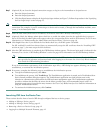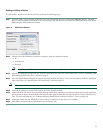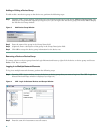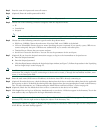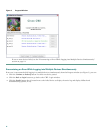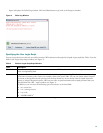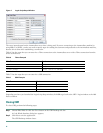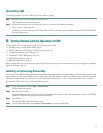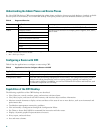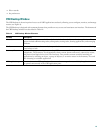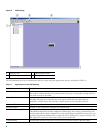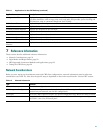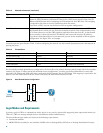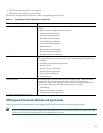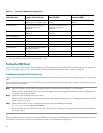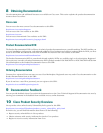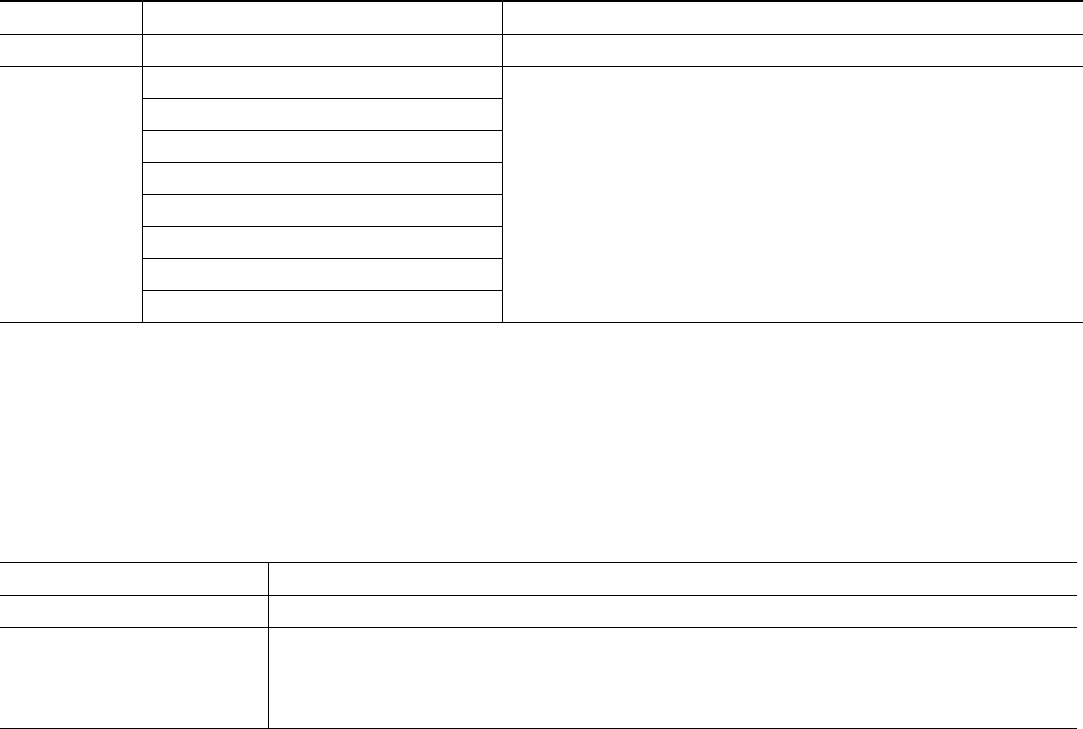
18
Understanding the Admin Planes and Device Planes
For Cisco IOS XR devices, CWI can manage both the admin planes and device planes on a single desktop. A node is available
for each plane in the Inventory Tree of the CWI desktop. Each plane provides you with different domains (see Table 8).
Configuring a Router with CWI
Table 9 lists the applications to configure a router using CWI.
Capabilities of the CWI Desktop
The following capabilities of the CWI Desktop are described:
• View, filter, sort, search, correlate, purge, and monitor real-time alarms.
• View, filter, export, and search real-time inventory and interface object attribute information.
• Monitor network elements to display various attributes of the state of one or more devices, such as environmental and
performance data.
• Troubleshoot management connectivity problems.
• View and modify a configuration through the Configuration Editor.
• Use Telnet or Secure Shell (SSH) for command-line interaction with the router.
• Display a dynamic graphical representations of routers.
• Print, export, and search data.
• Sort and move columns.
Table 8 Supported Domains
Node Application Inventory
Device All
1
1. You cannot access the Rack Environment Monitor application from the device node.
Nonshared. For example, line cards, PLIMs
2
, SPAs
3
, and so forth.
2. PLIM = physical layer interface module
3. SPA = shared port adapter
Admin Inventory Viewer Nonshared and shared. For example, power supplies, fans, fabric,
and so forth.
Rack Environment Monitor
Card Environment Monitor
Sensor Environment Monitor
Telnet
SSHv1
SSHv2
Configuration Editor
Table 9 Applications Used to Configure a Router with CWI
Application Function
Telnet/SSH/Terminal Plus Configures and manages the router using CLI commands.
Configuration Editor Views and edits the running configuration in CLI format. The configuration editor provides
common text editing functionality, such as copying, pasting, redoing, and undoing, and
provides syntax checking. In addition, you can use traditional CLI features and functions, such
as command completion and CLI help.



